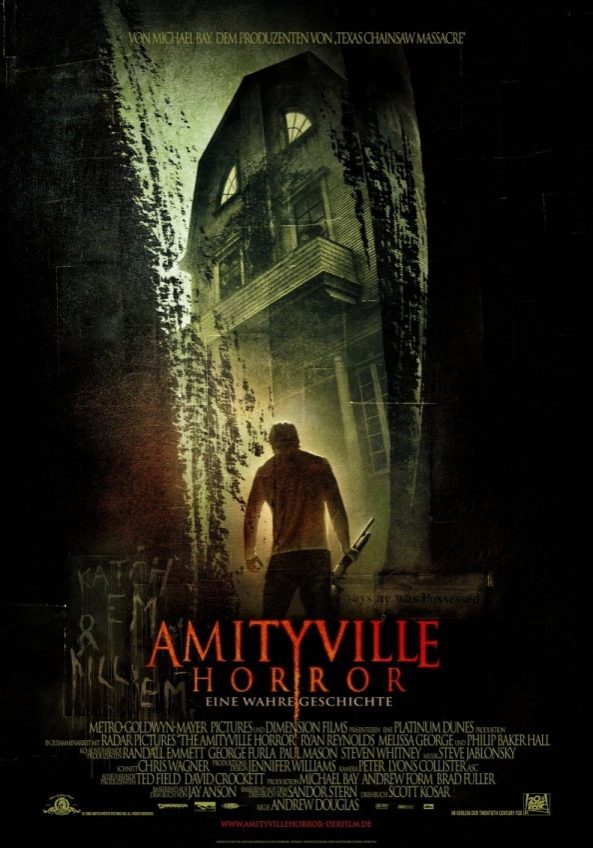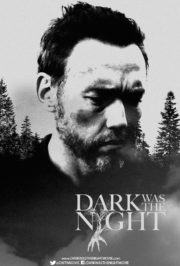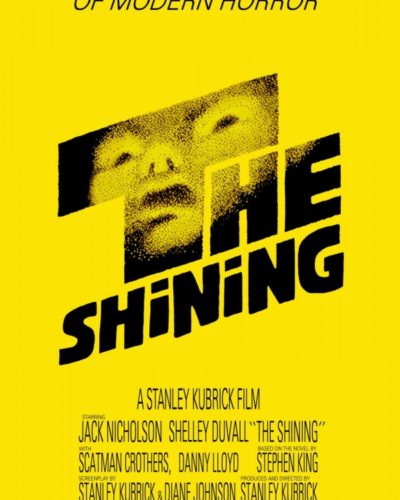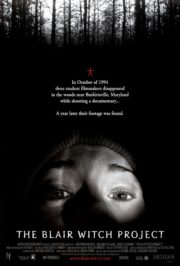An Ominous Whisper: Revisiting the Shadows of Amityville
“Katch ’em, kill ’em.” A whisper that chills to the bone, emblematic of the dread that ‘The Amityville Horror’ (2005) intends to evoke. Directed by Andrew Douglas and released to a public well-acquainted with its infamous real-life narrative, this remake of the 1979 classic plunges us once again into the dark corridors of a haunted house narrative, where the recently moved-in Lutz family grapple with malevolent forces beyond their understanding.
Enveloping Shadows: Crafting a Home of Horrors
The Amityville Horror seeks to envelop its audience in a shroud of unease, employing an array of cinematic techniques to do so. The film’s atmosphere is one built upon a growing sense of dread rather than outright shocks. Douglas approaches this task with a commendable reverence for slow-burn tension, allowing the house itself, with its sinister history, to become a character in its own right.
The cinematography, orchestrated by Peter Lyons Collister, is a relentless force in setting the tone. Shadows linger with intent, and the color palette seems drained of vibrancy, as if the house leeches the life from every frame. Camera angles are used strategically, often leaving the viewer disoriented, mimicking the characters’ own descent into madness. While special effects are sparsely used, their occasional presence punctuates scenes with a visceral intensity, though never becoming the focal point of terror.
Sound, often an underappreciated hero in the horror genre, plays a crucial role in The Amityville Horror. Mournful melodies interlace with foreboding silence, amplifying the tension insidiously. The use of sound effects is curated with precision, supporting the visual unease with auditory crescendos that culminate in pivotal moments of fear.
Living Nightmares: Inhabitants of Amityville
Performances in horror films are pillars that uphold the credibility of the narrative. Ryan Reynolds delivers a noteworthy performance as George Lutz, capturing the descent from protective father to a man wrestling with maddening influences. Melissa George offers a solid portrayal of Kathy Lutz, her fear palpable and transition from skeptic to believer convincingly wrought. Whilst the performances do fortify the film’s horror, character development occasionally suffers beneath the weight of horror tropes and cinematic clichés.
The Devil’s in the Details: The Horror’s Anatomy
Within horror’s diverse tapestry, Amityville bores into the psyche with elements of the supernatural and psychological terror, while eschewing reliance on body horror or gore. Instead, the harrowing nature of the film lies in the suggestion, the potential of violence and the corrosion of the family unit. This approach challenges certain horror conventions by emphasizing atmospheric pressure over graphic intensity.
The mechanisms intended to unnerve the audience often derive from an intersection of the psychological and the supernatural. Jump scares are present, though they are not the film’s crux. Instead, it’s the whisper of something sinister, the foreshadowing of dire consequences, and the slow dismantling of familial bonds that provide the true chills. This execution, however, can be a double-edged sword, as it may fail to suffice for adrenaline-seeking horror fans.
Looking beneath the surface, societal commentary on family dynamics and mental illness attempt to rear their heads, but these themes struggle to find strong footing amidst the more conventional horror beats. The potential for deeper exploration is there, yet it remains but a specter in the narrative.
Confronting the Darkness: A Final Verdict
As an homage to its predecessors and a stand-alone film, ‘The Amityville Horror’ accomplishes the task of unsettling an audience but may not leave the lasting impression anticipated from its notorious legacy. Horror aficionados might appreciate the nods to genre hallmarks, while casual viewers could find the tension-led approach a refreshing variation from gore-centric contemporaries.
When put side by side with genre stalwarts or cutting-edge modern horror, ‘The Amityville Horror’ occupies a middle ground; neither a genre-defining masterpiece nor a forgettable misstep. It stands as a solid attempt to revive a classic, albeit one that perhaps fades in the shadow of the 1979 original and the reality that inspired it.
Viewers with sensitivities to depictions of violence, particularly in a domestic setting, should tread cautiously, as the film does not shy away from darker themes beneath its ghostly exterior.
In closing, ‘The Amityville Horror’ is worth the watch for those intrigued by haunted histories and the quieter, more disturbing aspects of horror, though it may not find favor with those searching for relentless scares or profound thematic depth.




